What Chemical Would Be Best for Growing a Crystal?
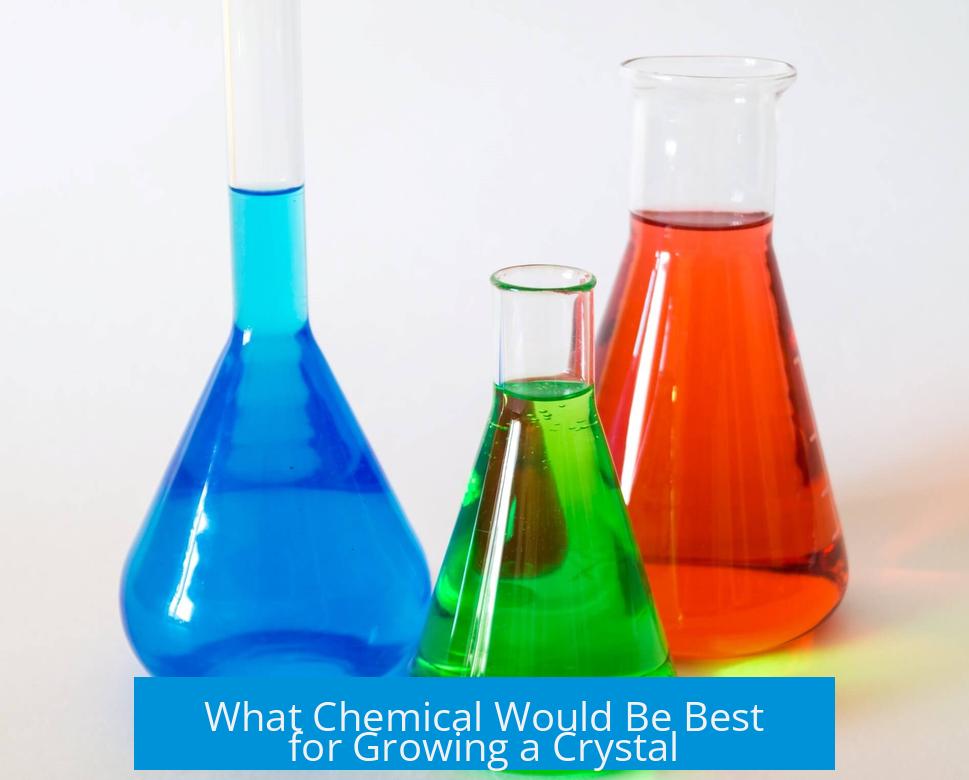
The best chemical for growing a crystal depends on the desired crystal properties such as color, shape, size, and durability. For beginners seeking ease and safety, common choices are salt, sugar, and alum. More specialized crystals like copper sulfate, bismuth, or potassium hydrogen phthalate offer unique aesthetic qualities but require careful handling and sealing. Each chemical presents distinct advantages and challenges based on its solubility, growth conditions, and stability.
Recommended Chemicals for Crystal Growth
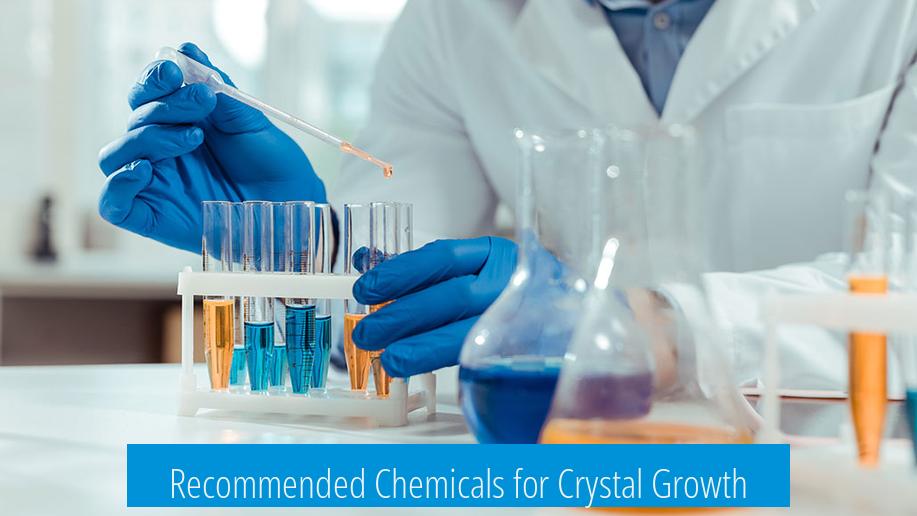
Copper Sulfate
Copper sulfate produces striking blue crystals. It grows readily from an aqueous solution. The resulting crystals are vivid, making them popular in educational settings.
- Requires sealing to prevent degradation
- Nail polish is often used but proves insufficient due to moisture permeability
- Proper epoxy sealants work better to protect crystal integrity
Salt and Sugar
Salt (rock salt) and sugar crystals are among the easiest and safest to cultivate. They crystallize well from super-saturated water solutions.
- White or clear crystals
- Can add food coloring for custom colors
- Safe for beginners and non-toxic
Alum
Alum is excellent for growing larger, elegant crystals. It offers the ability to modify colors via doping, for instance using chrome alum to achieve reds.
- Hydrated crystals containing water make them softer
- Require encasement or sealing due to moisture sensitivity
- Popular choice for hobbyists seeking sizable, color-enhanced specimens
Bismuth
Bismuth forms metallic, iridescent crystals with complex geometric patterns. Unlike salt or alum crystals, these are metal crystals with unique color effects.
- Requires molten metal growth techniques
- Susceptible to tarnishing unless coated with lacquer
- Less commonly used but highly decorative
Potassium Hydrogen Phthalate (Potassium Acid Phthalate)
This material yields well-defined hexagonal crystals. It bonds well with organic dyes, producing rare anisotropic patterns like X-shapes or pie segments.
- Requires epoxy sealing for protection
- Offers opportunities for advanced color effects
- Moderately priced and accessible for specialized crystal growing
Solvent and Growth Conditions
Use of Water as Solvent
Water is the primary solvent used for common substances like salt, sugar, copper sulfate, and alum. These compounds dissolve well in water and crystallize upon cooling or evaporation of the solvent.
However, crystals grown in aqueous solutions risk degradation due to moisture absorption or dissolution. Appropriate sealing prevents such damage.
Super-Saturation and Seed Crystals
The technique for many crystals involves creating a super-saturated solution, then introducing a small ‘seed’ crystal of the same chemical. The seed acts as a lattice nucleus, facilitating orderly crystal growth.
Sealing and Protection of Grown Crystals
Limitations of Nail Polish
Though widely used, nail polish does not provide sufficient moisture resistance. The solvents in nail polish may degrade some crystals, compromising durability.
Preferred Epoxy Sealants
High-quality epoxy resins, often found in jewelry supply stores, offer better protection. Slow-setting epoxies (curing over 60 minutes to 24 hours) allow smooth application and reduce brush marks. Thinning epoxy with acetone improves brushability and finish quality.
Encasing Soft or Hydrated Crystals
Crystals like alum, which are crystallohydrates, contain water, resulting in softness and solubility. These require encasing in transparent plastic or multiple protective layers to maintain structural integrity over time.
Protecting Metal Crystals
Metal crystals like bismuth or dendritic copper and silver are prone to oxidation and tarnishing. Applying a layer of lacquer or varnish helps maintain their lustrous appearance.
Safety Considerations When Growing and Using Crystals
Heavy Metal Toxicity
Crystals containing heavy metals (e.g., copper sulfate) pose toxicity risks, especially if worn directly on skin. Prolonged contact with sweat can result in metal absorption and poisoning.
Sealing with epoxy or encasing crystals reduces exposure risk. Avoid using unsealed crystals in jewelry, especially around children.
Minimizing Skin Contact
To prevent direct skin exposure, enclosing crystals in glass vials or other containers reduces toxicity risks and enhances durability.
Summary Table of Crystal Growth Chemicals
| Chemical | Crystal Characteristics | Growth Notes | Sealing Recommendations |
|---|---|---|---|
| Copper Sulfate | Blue, vibrant crystals | Water-soluble, grows from solution | Use slow-cure epoxy; avoid nail polish |
| Salt (NaCl) / Sugar | White/clear, easy to grow | Safe, good for beginners | Minimal sealing needed; keep dry |
| Alum | Large, colorless or red (with doping) | Hydrated crystals; water-sensitive | Encasing in plastic or epoxy required |
| Bismuth | Iridescent, metallic, unique shapes | Requires metal melting technique | Apply lacquer to prevent tarnish |
| Potassium Hydrogen Phthalate | Hexagonal, colorful with dyes | Medium difficulty; grows in water | Epoxy sealing highly recommended |
Additional Tips for Successful Crystal Growth
- Use slow-setting epoxy and thin with acetone to avoid brush marks.
- Incorporate organic dyes carefully; some crystals incorporate dye selectively on certain planes.
- Keep crystals away from moisture and UV exposure to slow degradation.
- For jewelry, use waxed hemp strings instead of cotton for better longevity.
Key Takeaways
- Salt, sugar, and alum are easiest and safest for beginners.
- Copper sulfate and potassium hydrogen phthalate provide distinct colors and shapes but need proper sealing.
- Bismuth offers unique metallic crystals but requires metalworking conditions.
- Water-based crystals degrade without sealing; epoxy sealants are preferred.
- Safety is crucial: heavy-metal containing crystals must be sealed or encased to prevent toxicity.
What chemical produces the most colorful crystals for beginners?
Copper sulfate grows bright blue crystals easily. You can also use alum and add chrome alum to get colors from clear to red. Both are simple choices for beginners.
Why should I avoid using nail polish to seal crystals?
Nail polish is not moisture-resistant enough. It can damage water-soluble crystals because its solvent may react with them. Better sealants like slow-setting epoxy should be used for protection.
Which chemical is best for growing large, clear crystals?
Alum is good for large, clear crystals. It may need encasing since it contains water and is soft. Crystal hydrates like alum dissolve easily without proper sealing.
How do I prevent crystals from degrading when grown from water solutions?
Crystals grown in water need sealing to stop moisture damage. Use high-quality epoxy sealants thinned with acetone to coat the crystals. Avoid quick-drying or brush-marked layers.
Are there safe chemicals for growing crystals suitable for jewelry?
Salt and sugar are safest for jewelry as they are non-toxic. Metals like copper or silver crystals tarnish and need lacquer coatings. Be cautious with heavy metal crystals and always seal them well.


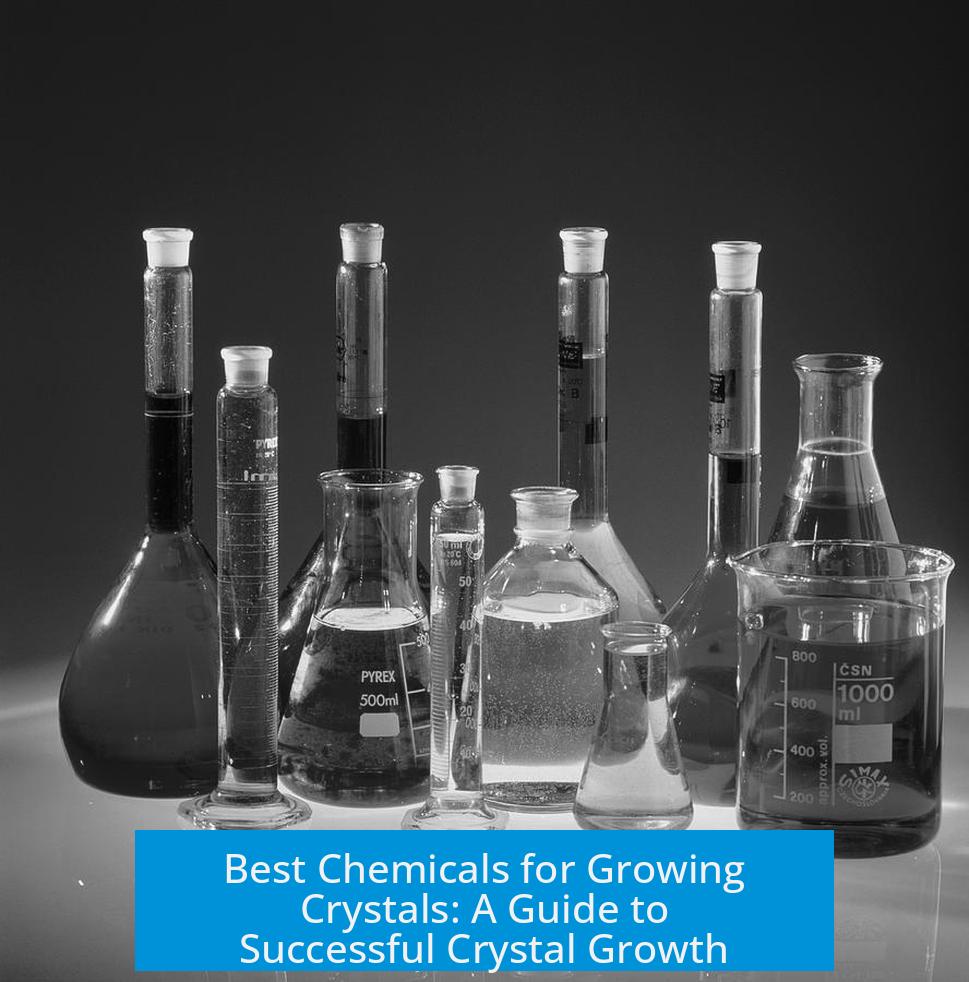
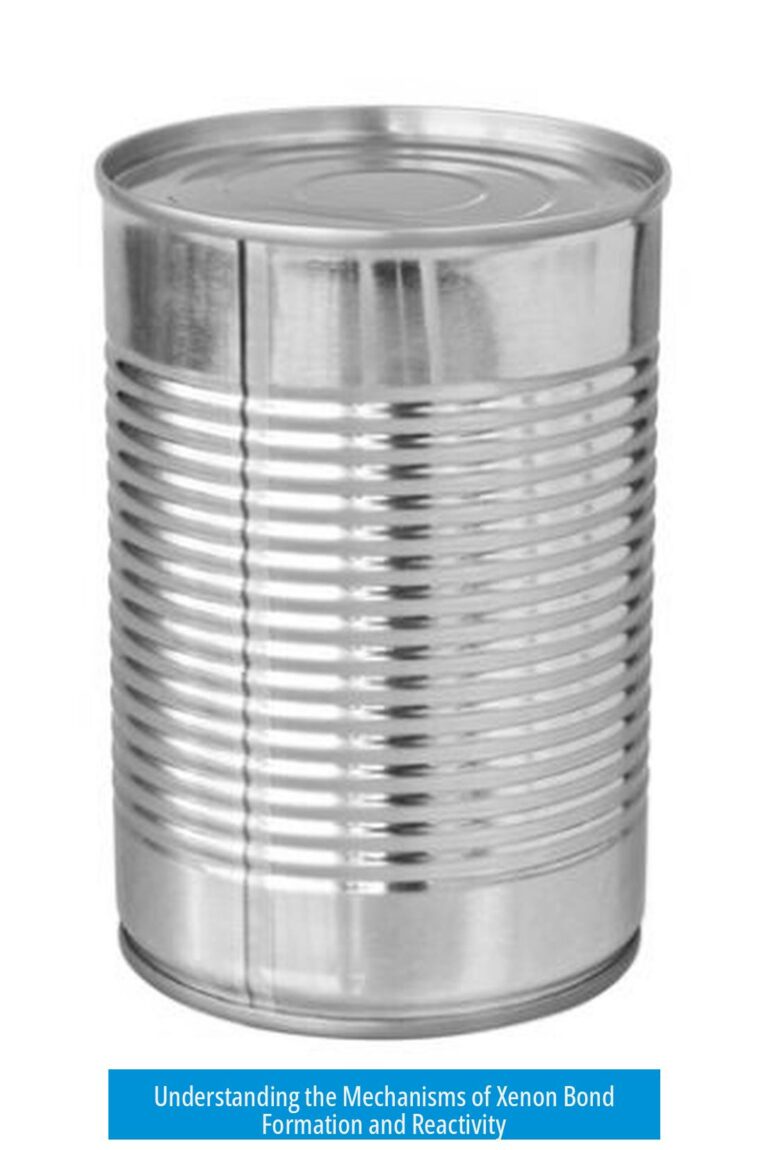
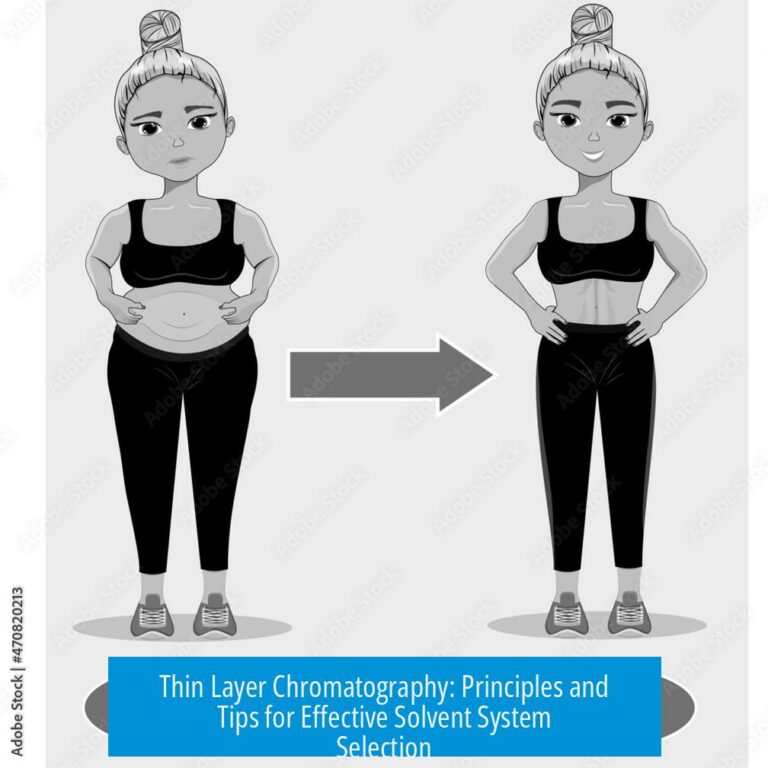
Leave a Comment